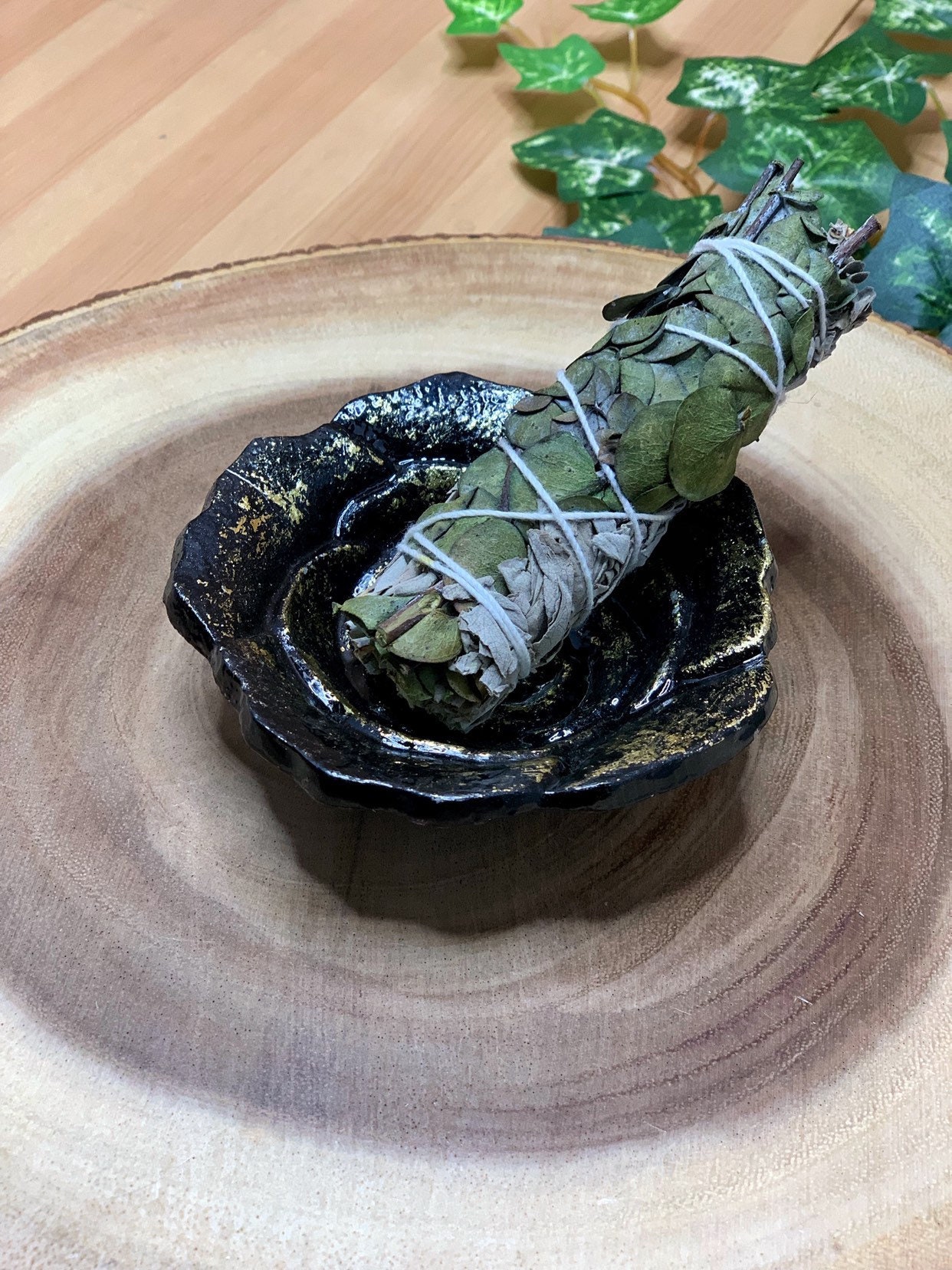
"More importantly, when you can burn sage and ignore the history of what sage means to Native people, it’s much easier for you to also ignore our modern struggles, such as bringing justice to missing and murdered Indigenous women and defending our lands from violently extractive industries."Īnd while Hopkins shares that smudging should be performed exclusively with the permission and participation of Native individuals, Walker says that if you're considerate and conscious of Native cultures and the history and sacred intentions of sage, you're on the right track. "My people fought and died to protect our medicinal and sacred knowledge, and your trendy use of it here, on the occupied lands of hundreds of Native nations erases our struggles - and our resilience," they say.

First and foremost, you should look beyond its trend appeal, which Walker says is both reductive and harmful. "From the time it’s harvested to the time the ashes are disposed of must be purposeful, intentional, and sustainable." Additionally, Walker adds that sage used for smudging/prayer purposes shouldn't be bought or sold, and most Natives who utilize the plant this way grow their own for this reason.Īll of this raises an important question: Should non-Natives even be using sage? Well, according to Walker and Hopkins, that depends. "Commodifying sage has led to poaching and overharvesting, which has a negative impact on how the plant is grown, harvested, and interacts with the environment," they say. In fact, sustainability is a huge factor in the Native American use of sage, as Walker explains that the appropriation of it by non-Natives has become an environmental issue. All of this is part of its cleansing power." The root should be left in the ground, and a prayer of thanks along with an offering of tobacco or cansasa should be given after harvesting.

It must be gathered with good intention in a manner that honors both the plant and the earth. "Cleansing with sage involves more than just burning the dried leaves of the plant and waving it around. "Sage is sacred and should be respected as such," Hopkins tells The Zoe Report. When it comes to smudging, both Walker and Hopkins say there's a lot more to it than simply trying to create ambiguous "good vibes." Rather, Tribes including Lakota Sioux perform this ceremony as a spiritual cleansing or blessing with the intention of ridding unwanted influences. "That’s not true, and considering the devastation COVID-19 has caused within Native communities, it’s a harmful rumor that needs to stop." "One troubling thing I’ve seen circulated a lot, even by Native people, is that burning sage eliminates airborne viruses, like COVID-19," they explain. While both sources acknowledge many medicinal uses of sage, Walker says there is at least one majorly inaccurate claim.
#Sage burning skin#
Hopkins a writer, indigenous defender, and member of the Dakota/Lakota Sioux Tribe, explains that among her Native community, Prairie Sage is often used to treat skin rashes, as a deodorizer, and even as a blood sugar-lowering tea for diabetics, but that the uses will vary from Tribe to Tribe.

"If I feel a headache coming on or need a concentration boost, I might roll a ball of sage the size of a pea and tuck it between my gums and cheek," they say.Īdditionally, Ruth H. Taté Walker, a Two Spirit storyteller and a citizen of the Cheyenne River Sioux Tribe, shares that in their particular culture, the plant is used as a remedy for ailments including menstruation, constipation, and anxiety among many others. But history shows that sage's traditional uses are actually so much more sacred, and that includes its medicinal use. You're probably familiar with a few different uses of sage, the most common of these being "smudging," a ritualistic burning of sage that has been popularized for use in the home by non-Natives in recent years. Whether you've personally used it - or even just thought about using it - for physical or spiritual health purposes, knowing the significance of sage among Native American Nations is important to consider, as members of various Native cultures argue that there's a very fine line between appreciation and appropriation. Like many adopted wellness rituals, the use of sage actually has some pretty deep roots.


 0 kommentar(er)
0 kommentar(er)
